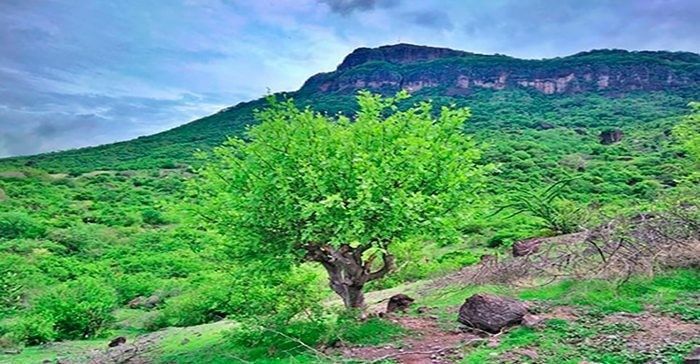Copal tree resin gives breath to native cultures in Mexico
A tree from the low deciduous forests of Mexico, it spills aromatic resin of cultural, economic, social and mystical importance. Discover the copal plant.

In Alto Balsas de Guerrero, the Mixteca region of Puebla and Oaxaca and the region of Infiernillo, Michoacán, entire families of copaleros migrate to the mountains during harvest time to select the suitable trees from which they collect the precious resin of this typical vegetable of low deciduous jungles with very strong drought.
In Mexico there are a little more than 100 different species of burseras --family to which copal belongs--, mainly in the states of Guerrero, Michoacán, and Oaxaca, which receives different names according to the species and region, and is known by the names of virgin copal, holy copal, tecomaca, and almárciga, among others.
The Mexican odorous resins that since pre-Hispanic times have aromatized rituals and temazcals, are known since then as copalli, a náhuatl voice that refers to the Bursera vegetable species of which more than 20 species are exploited in Mexico, such as the Chinese or holy copal (Bursera bipinnata) and the wide copal (Bursera copallifera).
Several authors refer that the ancient Mexican codices reveal the frequent use of copal among our ancestors, at least twice a day, once in the morning and once at night, to offer their incense to the gods, to clean the temples, during funerals and in ceremonies to ask for the crops. It can be said that there was practically no important celebration that was not accompanied by copal.
Today, these trees are community property that must be preserved. The copaleros are careful not to over-exploit them or hurt them with too many incisions, and after extracting the resin they give them two or even three years of rest to avoid weakening or even dying.
Copalli or copal has been used in Mexico since prehispanic times, but it is necessary to promote the sustainable development of copal regions.
The technique of extraction includes the incision with a quixala and blows on the zone with a mallet of worked wood so that it flows its fragrant liquid that falls on a leaf of oak that serves as a channel to direct it towards a stalk of maguey suspended under the trunk, and when the resin solidifies after a few hours it is called myrrh.
To continue the collection it is hit again. The best trees provide bars of 250 to 500 grams of copal. There have been found burseras of diverse species that evidence more than 40 coves, which reveals that they have been exploited for about 80 years.
The sowing and harvesting of the resin of aromatic burseras have social, economic, religious, and cultural importance for many marginalized communities since it improves the family economy since it is used in the temazcal baths, which have regained popularity, besides continuing to be used in religious ceremonies of different creeds.
Although copal is very appreciated, it does not solve the local economies. However, the forests where this tree is grown have been disappearing due to population growth, over-exploitation at the hands of those who do not know the importance of sustainability, and "bleed" the trees, in addition to the attack of pests.
To promote the sustainable development of the copal regions of Mexico, it is proposed to carry out studies on the populations of these species, to undertake reforestation programs, to delimit restricted areas of staggering extraction, to regulate the use of the trees of community property, and to sponsor that experienced copaleros train the inexperienced ones.




